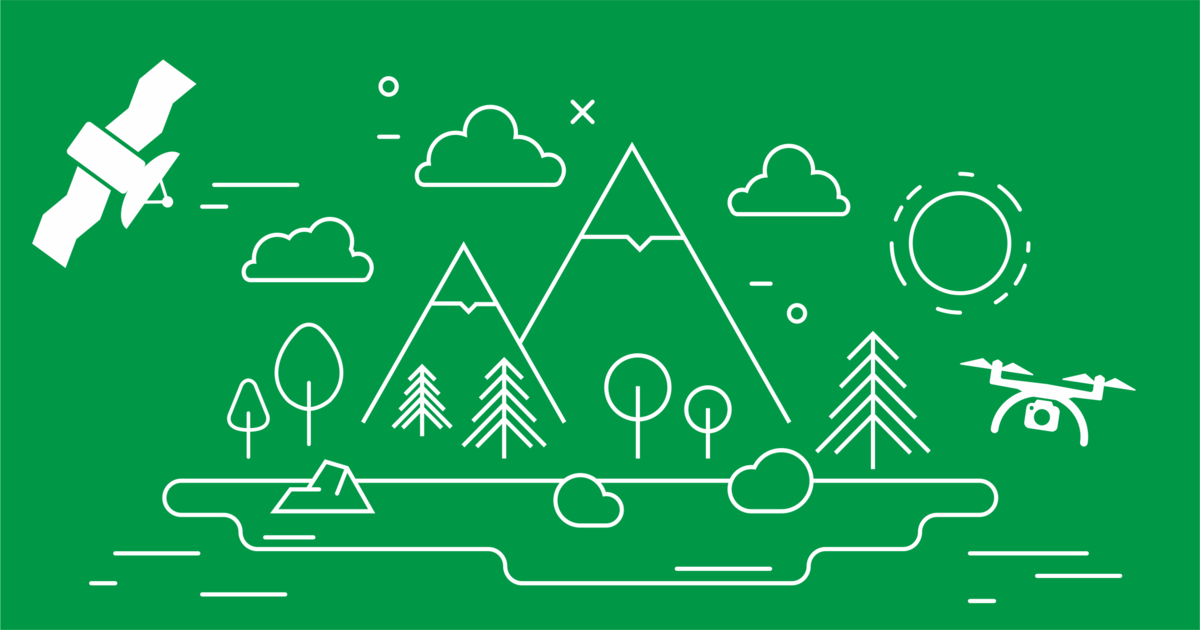- 4.1Impact Factor
- 8.6CiteScore
- 25 daysTime to First Decision
Remote Sensing Applications for Forest Ecosystem Monitoring and Spatial Modeling (2nd Edition)
This special issue belongs to the section “Forest Remote Sensing“.
Special Issue Information
Dear Colleagues,
Forests, covering almost a third of the terrestrial land surface, representing one of the most sophisticated ecosystems, and they provide countless ecosystem services, potentially mitigating ongoing climate change. However, those services suffer from increasing anthropogenic pressure and forest disturbances. To properly evaluate the effects, scientists worldwide are working to improve their abilities to monitor forest ecosystems and how they undergo change. Beyond forests, networks of small landscape elements (groves, hedgerows, tree avenues, agroforestry, urban greenery, etc.) are not only highly important in terms of biodiversity conservation and restoration but also contribute to the quality of our cultural landscapes.
Remotely sensed data may be acquired over various spatial, spectral, and temporal resolutions for numerous purposes. Satellite imagery is traditionally used, for example, to track land cover change, for the mapping of landscape dynamics, the detection and monitoring of disturbances, to derive vegetation parameters and structures, and to model (micro)climate change and effects. This imagery may then be fused with lidar or radar data to provide a 3D forest structure. The acquisition of such 3D structures has become even easier and more accessible with the improved capabilities and availability of unmanned aerial systems.
This Special Issue aims to collect studies covering the different uses of a variety of sensors and platforms in the forest sciences. Multi-source data fusion and integration (e.g., multispectral, hyperspectral, thermal, microwave) and multi-scale and multi-temporal approaches, among others, are welcome. Studies focusing on the use of consumer-grade and low-cost solutions, as well as those focused on high mountain areas, are welcome.
Articles may address:
- Tree and vegetation inventories;
- Forest structural characteristics;
- Forest biodiversity;
- Forest changes;
- Forest microclimate modelling;
- Phenological vegetation traits and trends.
Dr. Jan Komarek
Dr. Marlena Kycko
Guest Editors
Manuscript Submission Information
Manuscripts should be submitted online at www.mdpi.com by registering and logging in to this website. Once you are registered, click here to go to the submission form. Manuscripts can be submitted until the deadline. All submissions that pass pre-check are peer-reviewed. Accepted papers will be published continuously in the journal (as soon as accepted) and will be listed together on the special issue website. Research articles, review articles as well as short communications are invited. For planned papers, a title and short abstract (about 250 words) can be sent to the Editorial Office for assessment.
Submitted manuscripts should not have been published previously, nor be under consideration for publication elsewhere (except conference proceedings papers). All manuscripts are thoroughly refereed through a single-blind peer-review process. A guide for authors and other relevant information for submission of manuscripts is available on the Instructions for Authors page. Remote Sensing is an international peer-reviewed open access semimonthly journal published by MDPI.
Please visit the Instructions for Authors page before submitting a manuscript. The Article Processing Charge (APC) for publication in this open access journal is 2700 CHF (Swiss Francs). Submitted papers should be well formatted and use good English. Authors may use MDPI's English editing service prior to publication or during author revisions.
Keywords
- forest inventory
- landscape modeling
- feature and pattern detection
- long-term monitoring
- image analysis
- point cloud analysis
- data fusion

Benefits of Publishing in a Special Issue
- Ease of navigation: Grouping papers by topic helps scholars navigate broad scope journals more efficiently.
- Greater discoverability: Special Issues support the reach and impact of scientific research. Articles in Special Issues are more discoverable and cited more frequently.
- Expansion of research network: Special Issues facilitate connections among authors, fostering scientific collaborations.
- External promotion: Articles in Special Issues are often promoted through the journal's social media, increasing their visibility.
- e-Book format: Special Issues with more than 10 articles can be published as dedicated e-books, ensuring wide and rapid dissemination.

